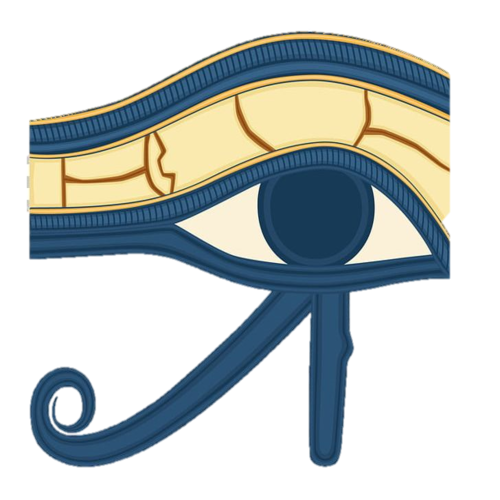
Hypostyle Hall of the Temple of Amun.©
The Karnak Temple Complex, commonly known as Karnak (from Arabic: خورنق Khurnaq "Fortified Village"), comprises a vast mix of decayed temples, pylons, chapels, and other buildings in northern Luxor (ancient Thebes). The ancient Egyptian referred to the temple complex as Ipet-isut (ỉp.t-ỉsw.t, "The Most Selected of Places"). It was the main place of worship of the 18th Dynastic Theban Triad; Amun, his wife Mut, and their son Khonsu. In 1979, Karnak was inscribed on the UNESCO World Heritage List along with the rest of the city.
The earliest construction still present at the complex began during the reign of Senusret I (reigned 1971–1926 BCE) during the Middle Kingdom (around 2000–1700 BCE) and continued into the Ptolemaic Dynasty (305–30 BCE), although most of the extant buildings date to the New Kingdom.
Overview[]
Precinct of Amun-Re[]
This is the largest of the precincts of the temple complex, and contains the largest temple in Egypt; the temple of Amun-Re, chief deity of the Theban Triad. The temple has a large sacred lake. The most famous feature of this enormous temple is the Hypostyle Hall. The powerful priesthood of Amun led by the High Priest of Amun was situated here. Besides the temple of Amun-Re, the precinct also encloses the barque shrine temple of Ramesses III, the temple of Khonsu, and the temple of Opet.
Precinct of Mut[]
This precinct encloses the temple of Mut, which is situated to the south of the temple of Amun-Re. Her priesthood led by the High Priest of Mut was situated here. The temple of Mut has its own sacred lake, constructed in a crescent shape.
Precinct of Montu[]
This precinct encloses the temple of Montu, which is situated just north of the precinct of Amun-Re and much smaller in size. It is closed off from the public.
Gempaaten[]
The temple that Amenhotep IV (later Akhenaten) constructed on the site was located east of the main complex, outside the walls of the Amun-Re precinct. It was destroyed immediately after the death of its builder, who had attempted to overcome the powerful priesthood who had gained control over Egypt before his reign. It was so thoroughly demolished that its full extent and layout is currently unknown. The priesthood of Amun regained their powerful position as soon as Akhenaten died, and were instrumental in destroying many records of his existence.
